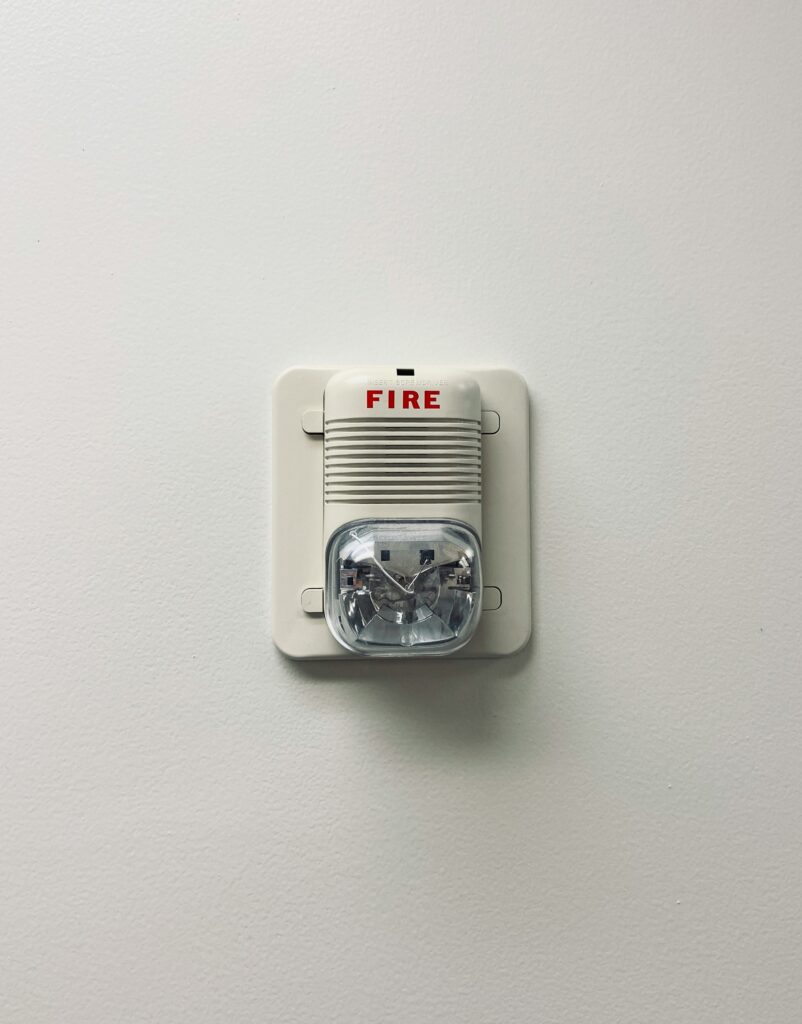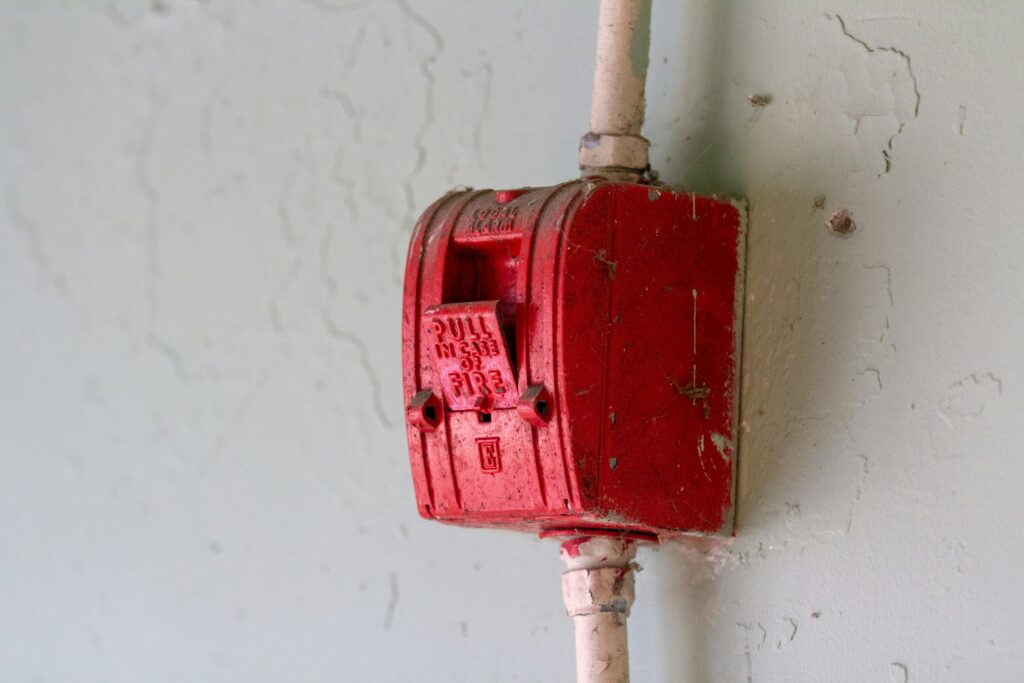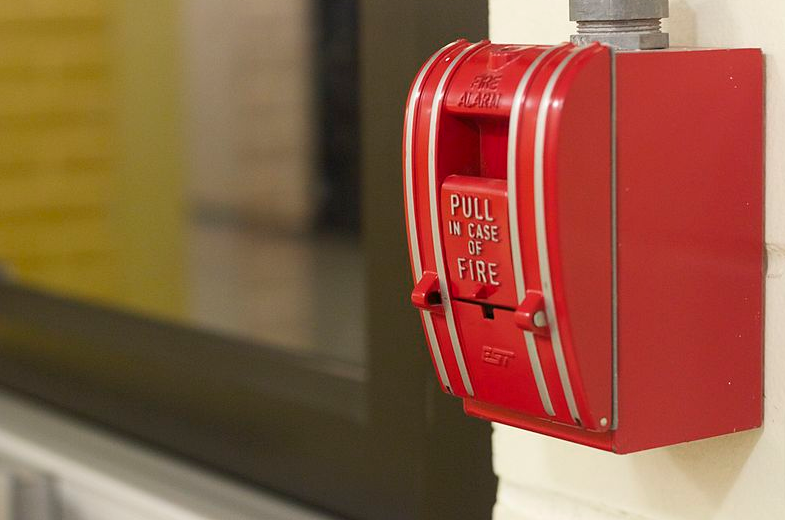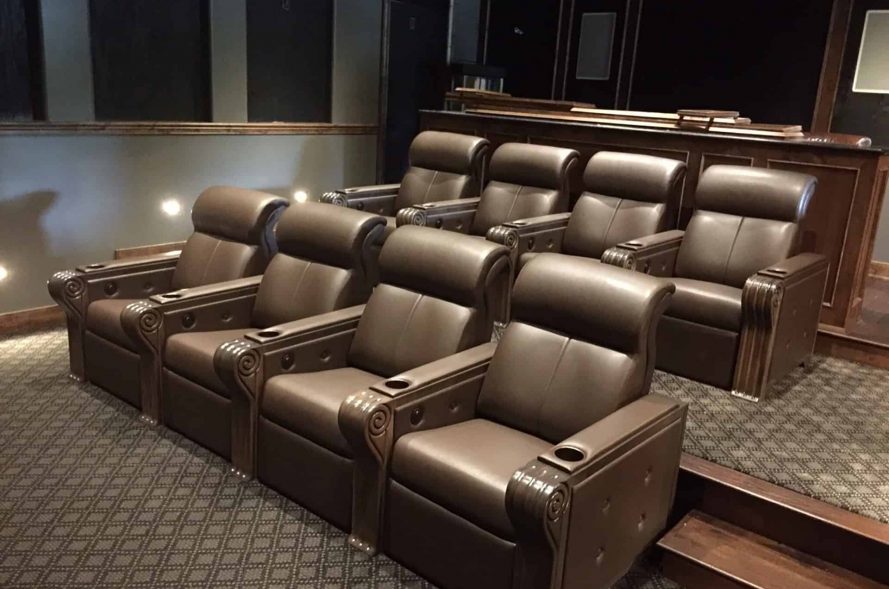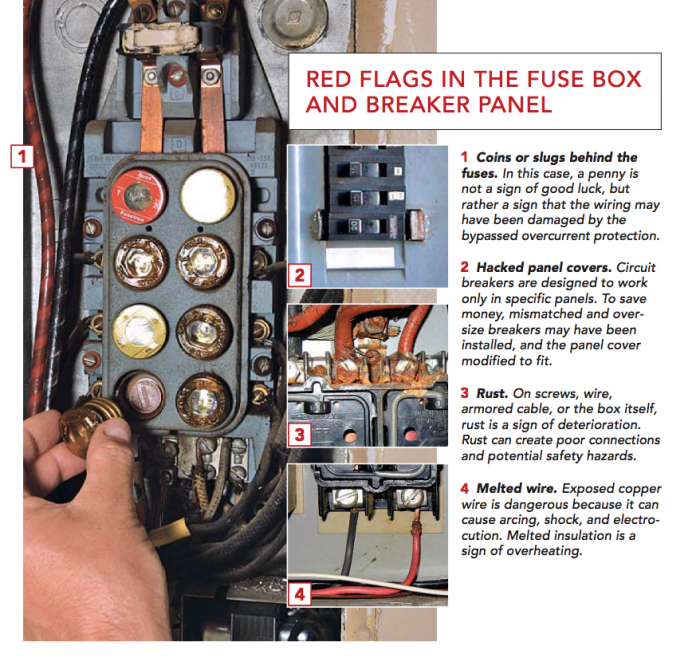From Overhead to Underground: The Transition in Electric Line Infrastructure
Electricity has been a cornerstone of modern civilization, powering our homes, industries, and economies. However, the infrastructure that delivers this essential energy has evolved significantly over time. One notable transition has been the shift from overhead to underground electric line infrastructure. This transformation has been driven by various factors, including technological advancements, urban development, and environmental considerations. In this article, we’ll delve into the reasons behind this transition, its challenges, and the benefits it offers.

The Need for Transition
Urbanization and Aesthetic Concerns
As cities expand and populations grow, the demand for electricity increases. However, densely populated urban areas often face challenges with overhead power lines. These lines can be unsightly, obstruct views, and detract from the aesthetic appeal of neighborhoods and cityscapes. In response, many municipalities have opted to bury electric lines underground to enhance the visual appeal of urban environments.
Reliability and Resilience
Overhead electric lines are vulnerable to damage from severe weather events such as storms, hurricanes, and heavy snowfall. Falling trees, high winds, and lightning strikes can cause outages and disruptions to power supply. By transitioning to underground infrastructure, utilities can improve the reliability and resilience of the electric grid, reducing the risk of service interruptions during adverse weather conditions.
Safety Considerations
Overhead power lines pose safety hazards, particularly in areas where they are susceptible to accidental contact by people, vehicles, or wildlife. Undergrounding electric lines eliminates these risks, making public spaces safer for pedestrians, motorists, and wildlife. Additionally, buried lines are less susceptible to damage from vandalism and unauthorized interference.
Challenges of Undergrounding
Cost and Infrastructure Investment
One of the primary challenges associated with transitioning from overhead to underground electric lines is the significant upfront cost. Excavation, trenching, and cable installation require substantial investment in labor and materials. Utilities must carefully evaluate the economic feasibility of undergrounding projects and consider factors such as terrain, soil conditions, and existing infrastructure.
Technical Complexity
Installing underground electric lines involves intricate engineering and construction processes. Utilities must navigate various technical challenges, including route planning, cable laying, and substation design. Additionally, underground infrastructure requires specialized equipment for maintenance and repairs, adding complexity to operations and management.
Coordination with Stakeholders
Undergrounding projects often require coordination with multiple stakeholders, including government agencies, property owners, and utility providers. Securing permits, easements, and right-of-way access can be time-consuming and bureaucratic. Effective communication and collaboration among all parties are essential to overcoming logistical hurdles and ensuring project success.
Benefits of Underground Infrastructure
Enhanced Aesthetics
One of the most significant advantages of underground electric lines is their aesthetic appeal. By eliminating unsightly overhead wires and poles, underground infrastructure contributes to the beautification of urban landscapes and scenic areas. This enhancement can boost property values, attract investment, and promote tourism in affected communities.
Improved Reliability
Underground electric lines are less susceptible to weather-related damage, reducing the risk of outages and service disruptions. Additionally, buried cables are protected from environmental factors such as corrosion, moisture, and temperature fluctuations, enhancing the overall reliability of the electric grid.
Environmental Benefits
The transition to underground electric lines can yield environmental benefits, including reduced visual pollution, wildlife habitat preservation, and carbon footprint reduction. By minimizing the need for tree trimming and vegetation clearance associated with overhead lines, underground infrastructure promotes ecosystem conservation and biodiversity.
Safer Public Spaces
Undergrounding electric lines enhances public safety by eliminating the risk of accidental contact and electrocution. Pedestrians, cyclists, and motorists can navigate urban environments without fear of overhead hazards. Moreover, underground infrastructure minimizes the risk of wildfires caused by downed power lines in fire-prone regions.
The transition from overhead to underground electric line infrastructure represents a significant evolution in the way we deliver and manage electricity. While this transition presents challenges such as cost, technical complexity, and stakeholder coordination, the benefits it offers in terms of aesthetics, reliability, and safety are undeniable. As cities continue to grow and modernize, undergrounding projects will play an increasingly vital role in shaping sustainable, resilient, and livable urban environments. By embracing this transition and investing in underground infrastructure, we can create a more efficient, secure, and aesthetically pleasing electric grid for generations to come.







